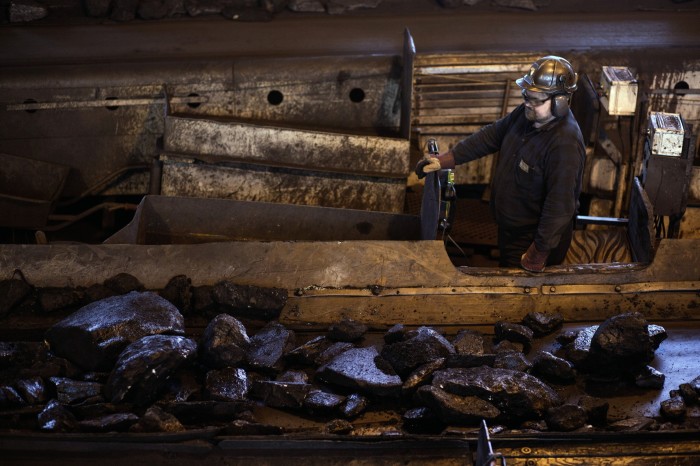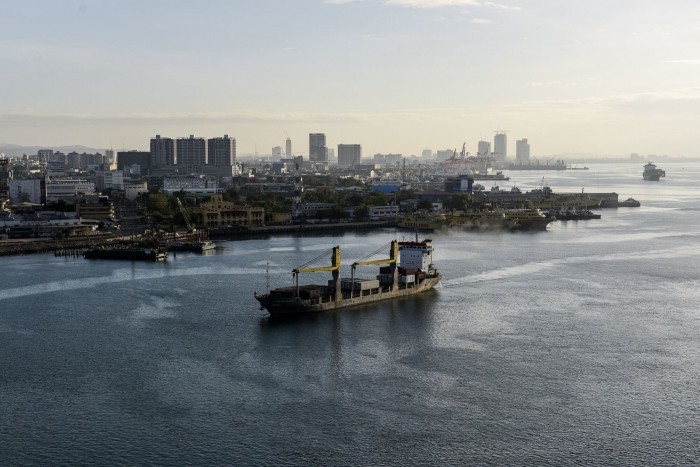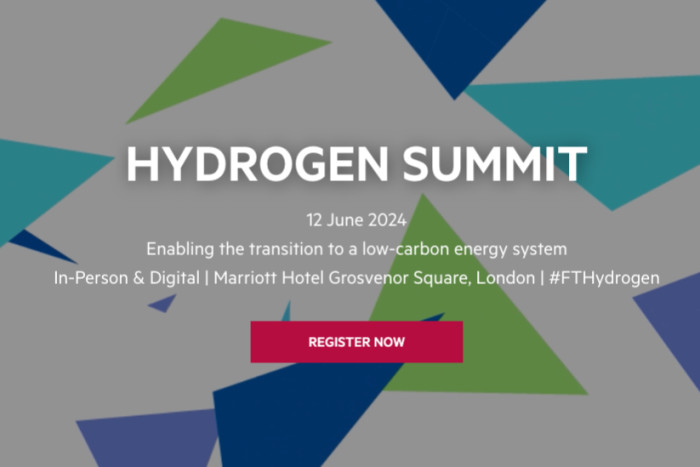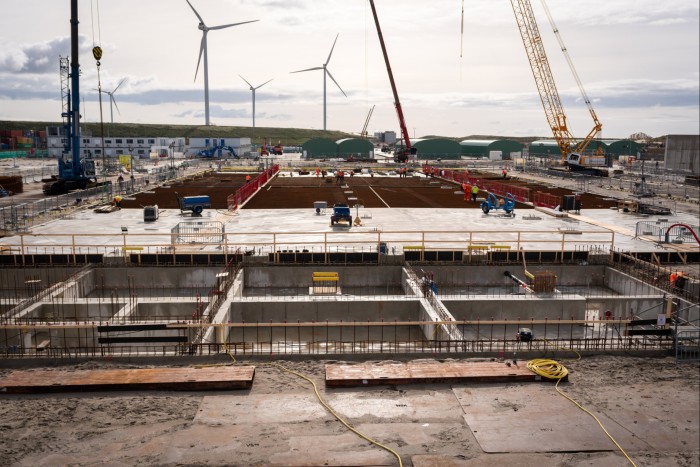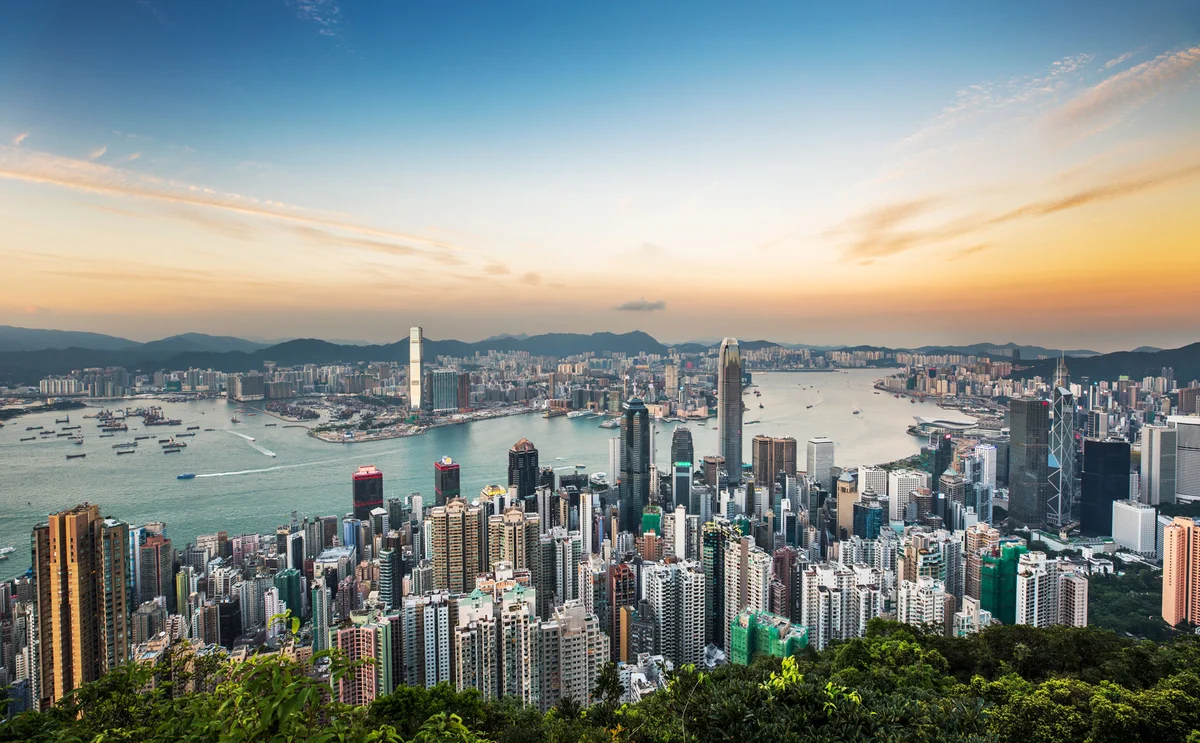Stay informed with free updates
Simply sign up to the Exchange traded funds myFT Digest — delivered directly to your inbox.
Latest news on ETFs
Visit our ETF Hub to find out more and to explore our in-depth data and comparison tools
Fidelity Investments is pushing ahead with securing deals allowing it to siphon off up to 15 per cent of exchange traded fund revenues, highlighting the retail brokerage’s huge power as a gateway to US fund distribution.
Fidelity has reached revenue-sharing agreements with “dozens” of ETF issuers, a person with knowledge of the situation told the FT, and is continuing to negotiate with many others. If issuers failed to sign up to the new agreement, investors wishing to buy their ETFs could be faced with a surcharge of up to $100.
The decision to ramp up efforts to claw back some of the cost of providing free trading to retail investors comes even as rival Charles Schwab adopts a more cautious stance. It also follows protests from some in the industry who have said the strategy could result in higher fees on their products and a potential slowdown in product development.
“The decision to harmonise some of our fee policies comes as our level of support and service for ETFs across the industry is growing rapidly,” a Fidelity spokesperson said in a statement. “We continue to work closely with asset managers, as we’ve always done, to engage in constructive dialogue and reach outcomes that reflect a more consistent approach across mutual funds and ETFs.”
In contrast, while Schwab also operates a major US retail brokerage, it is not pursuing such a broad revenue-sharing programme.
Charles Schwab president Rick Wurster told the Financial Times that the firm was monitoring Fidelity’s efforts, acknowledging the substantial costs of running a large brokerage.
“Investment brokerage might be the only business where the company providing the consumer access and services often receives no compensation from the manufacturer,” Wurster told the FT. “We are watching what Fidelity does, while we evaluate how best to serve our clients and be fairly compensated for the services we provide.”
Revenue-sharing payments for marketing services, data agreements and offsetting the costs of platforms like Fidelity’s and Charles Schwab’s are nothing new. Schwab, for example, collects revenue-sharing payments related to certain active “semi-transparent” ETFs, though those represent a tiny fraction of the overall market.
Fidelity’s revenue-sharing programme is broader, and its proposed $100 commission would reverse a years-long trend
